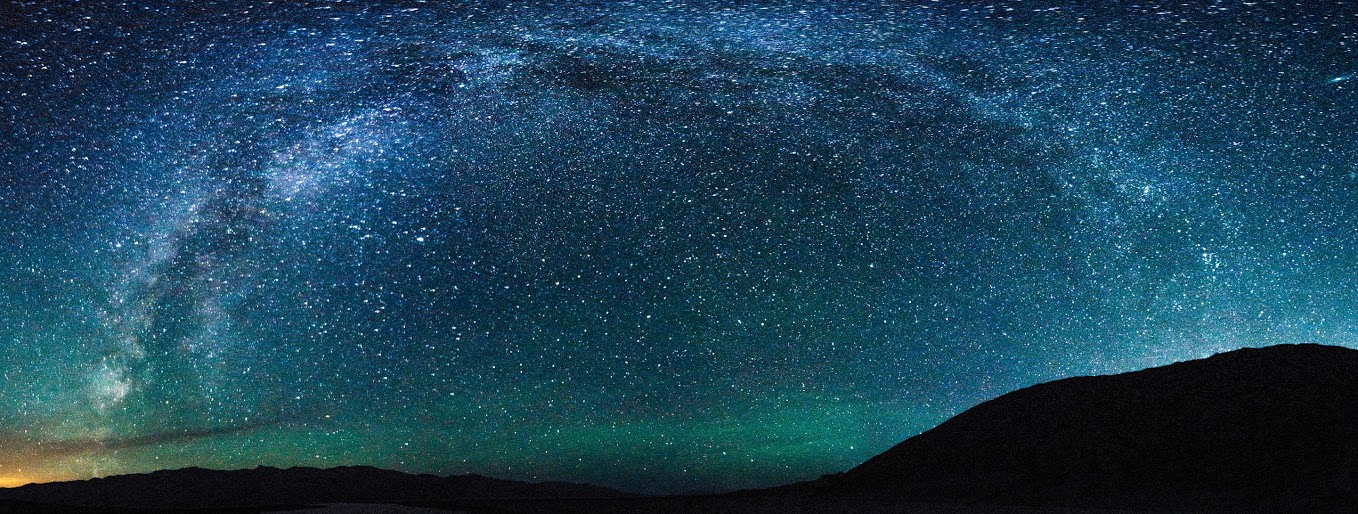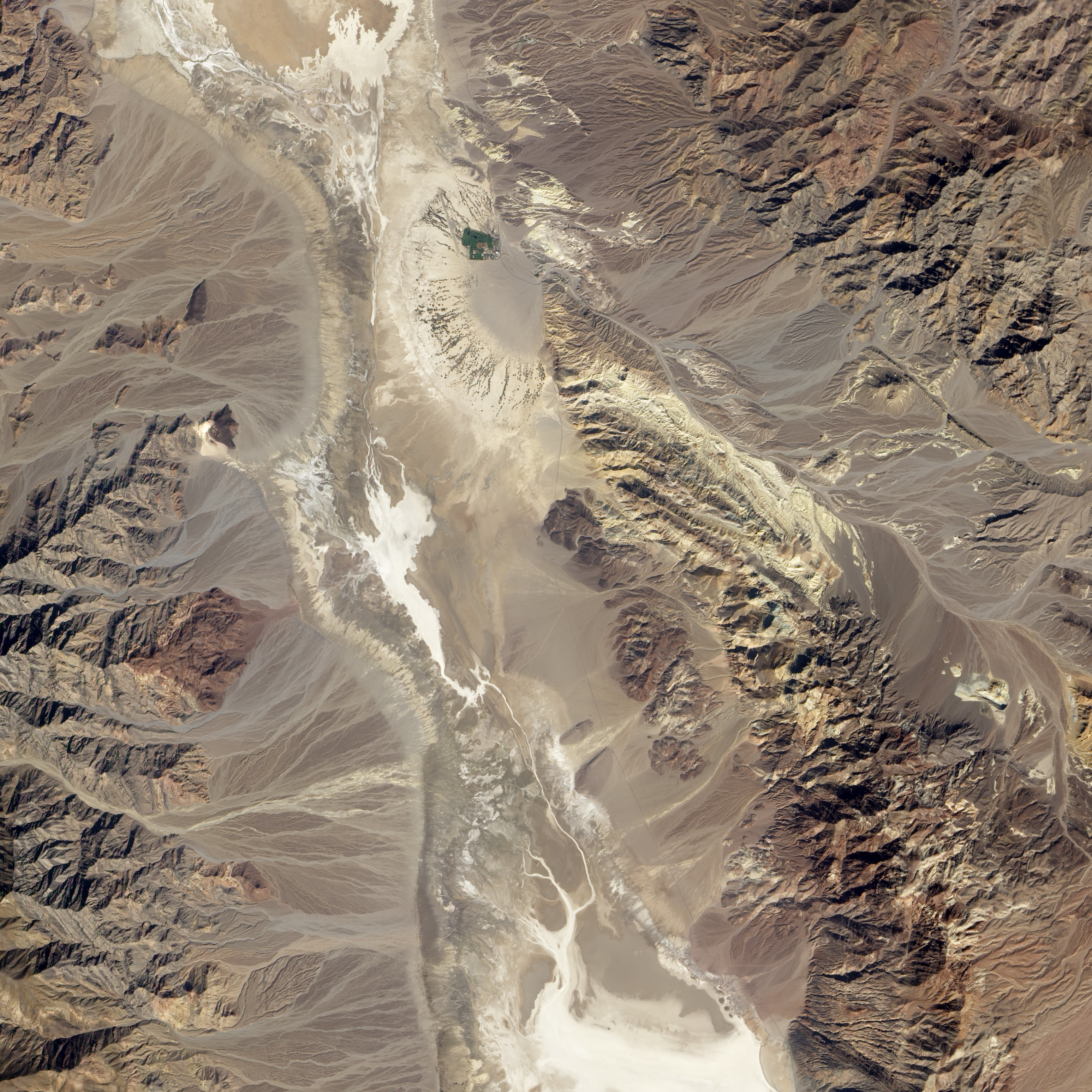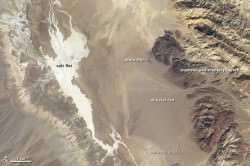High School Physics teacher and photographer Jeff Moreau took this incredible photo of the Milky Way over Death Valley. Jeff planned his photo on a night where the Moon had already set, arriving in Badwater Basin at Death Valley around 3:30 am.
Regarding his image, Jeff says, “As a high school physics teacher, I love astronomy. I frequently am showing my students current astronomy news and images as there is so much that is so easily fascinating going on out in space.”
The image shown above is comprised of 7 photos, which do an incredible job of covering the extent of the Milky Way. According to Jeff, if he were to do this image again, he would take more images, possibly some shot horizontally, so that there would be a little less visible star trails on the top of the image.
One interesting detail about the image is that Jeff had never been to Death Valley before. Upon entering the park, the temperature (around 3AM), was around 99 degrees fahrenheit. Jeff had no idea of what the landscape looked like. As the Milky Way faded and the first hints of dawn began to emerge Jeff was treated to an incredible scene that he describes over on Google+ at: https://plus.google.com/114435675631396141366/posts/jcTSsetG9hZ
Jeff has been teaching high school physics for the past six years, and has been taking photographs for the last year and a half. Last summer Jeff took images of the Milky Way from atop Cadillac Mountain in Acadia National Park.
Jeff also maintained a picture-of-the-day website from 2003-2007 before taking his hobby to social media. Impressed by the huge community of photographers on Google+. Jeff was motivated to get a new camera and dive deeper into his hobby.
You can view Jeff’s entire Flickr album at: http://www.flickr.com/photos/95912567@N02/ and you can add Jeff to your Google+ photography circle at: https://plus.google.com/u/0/114435675631396141366/about



